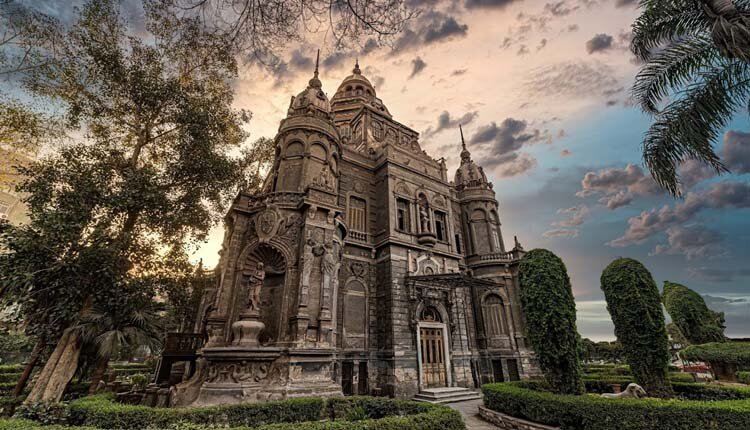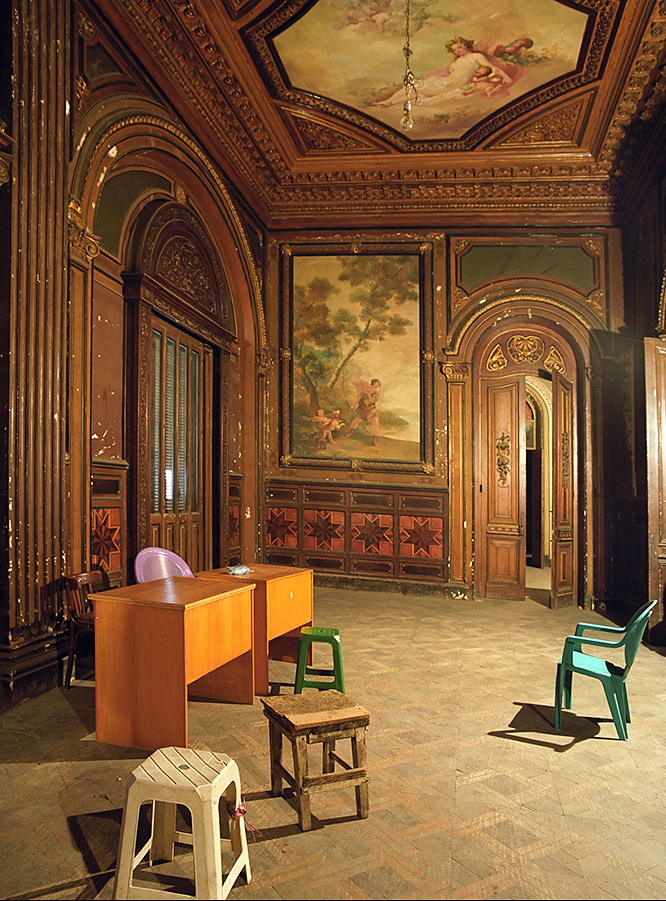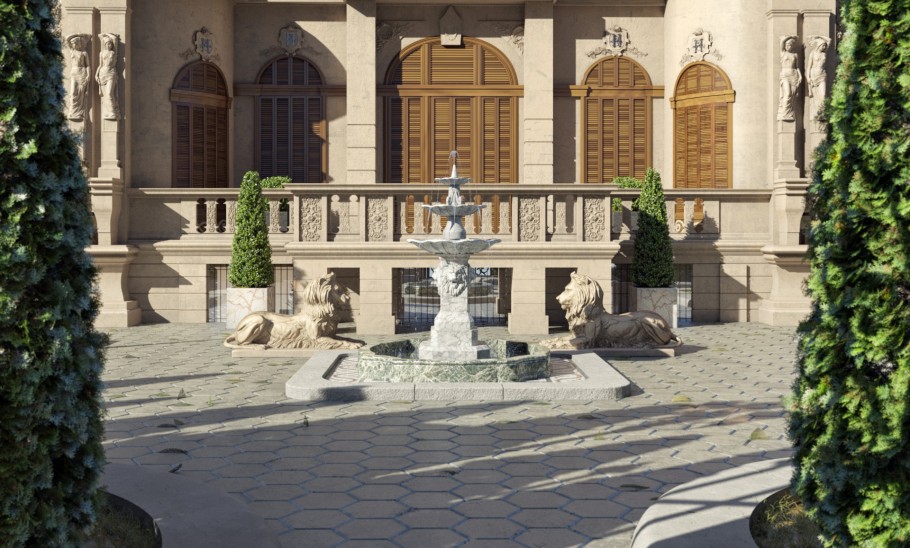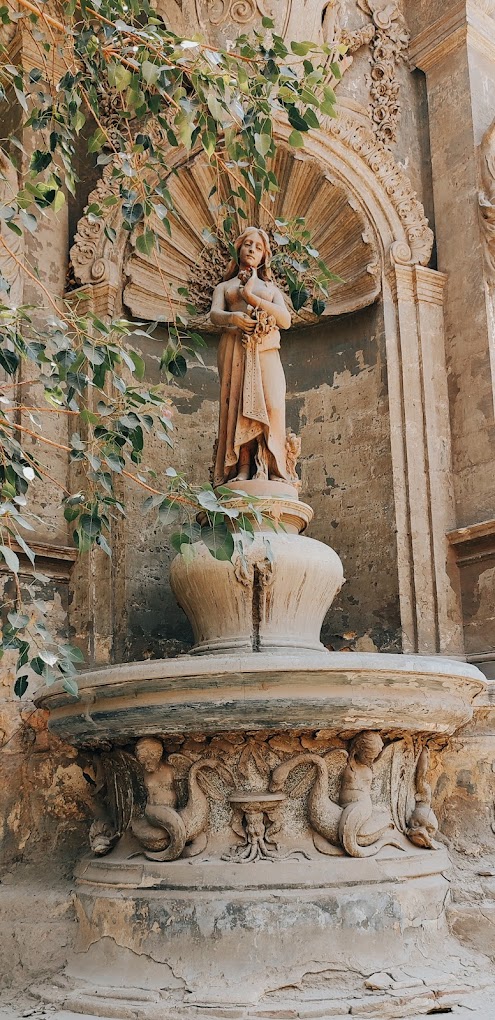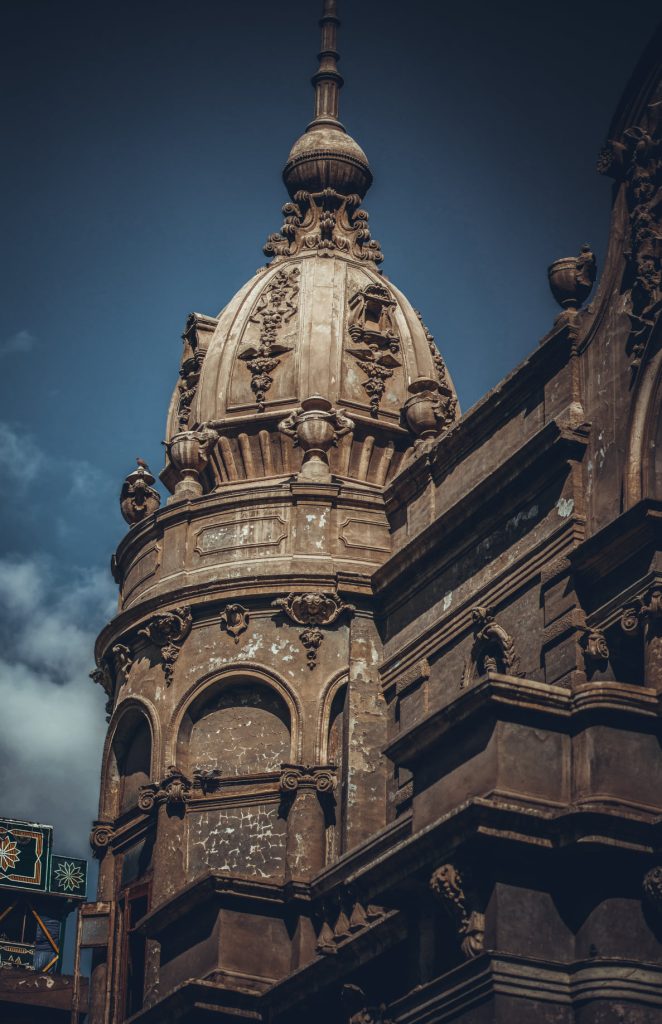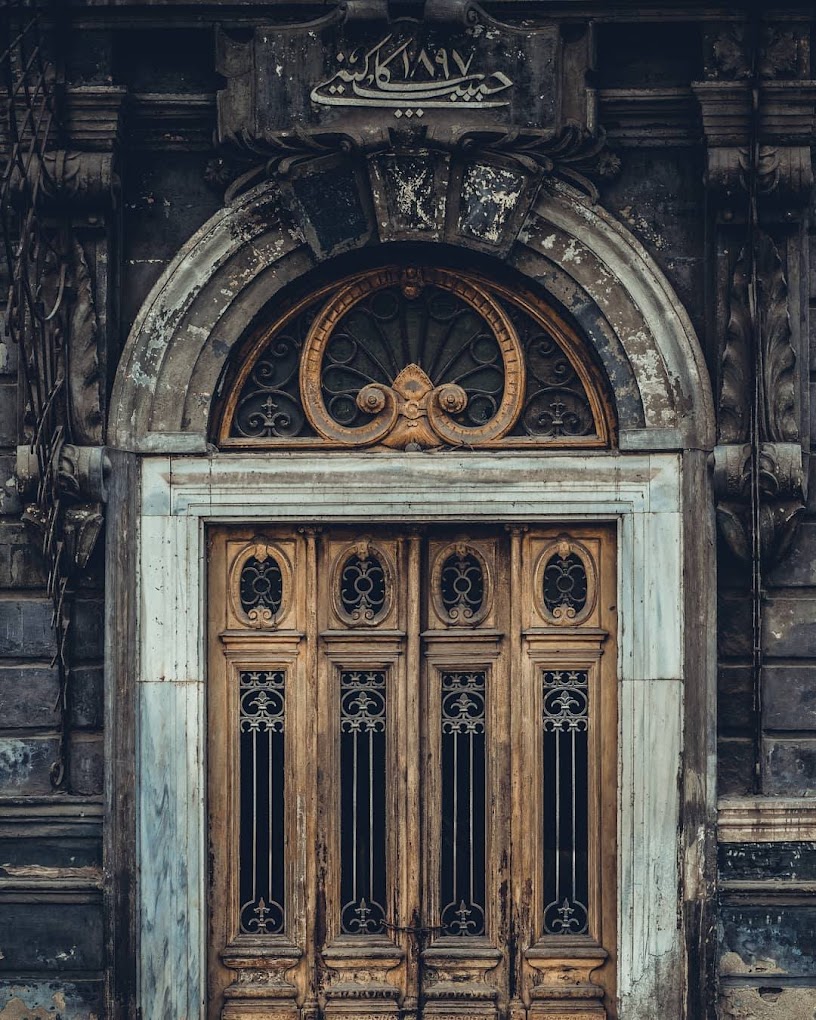Egypt’s El-Sakakini Palace, a 19th century French Rococo style palace, is currently undergoing renovation and is expected to open for visitors soon.
Built in 1897 by Gabriel Habib Sakakini Pasha, the palace is a 5 storey mansion with 50 rooms, 400 windows and doors, and 300 statues. Most notably of the statues is a bust of Sakakini Pasha placed at the gate.
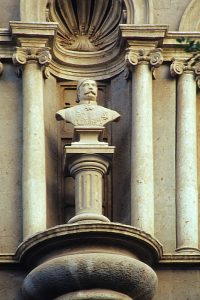
The first floor consists of four rooms and the second consists of seven halls and two rooms. The main hall is 600 Sq. meters and holds six doors that lead to the different halls in the palace.
The palace also contains an elevator that overlooks a balcony with a round dome, which leads to the summer living room. Habib Sakakini Pasha was an Egyptian businessman of Syrian origin, who was the wealthiest contractor during his time.
He arrived in Egypt in 1857 when he was 16 years old. He worked on the digging process of the Suez Canal in Port Said.
Sakakini Pasha had a close relationship to Khedive Ismail, and he was responsible for completing the Khedivial Opera in Cairo. He was also awarded a number of titles such as the Ottoman title Bek at the age of 39 and Count in 1901.
Sakakini Pasha built the old Roman Catholic Cemetery and the Roman Catholic Patriarchate in old Cairo.
The abandoned palace was surrounded by a number of legends such as that it was haunted and that lights would go on and off on their own. The palace is currently under the management and administration of the Supreme Council of Antiquities.


